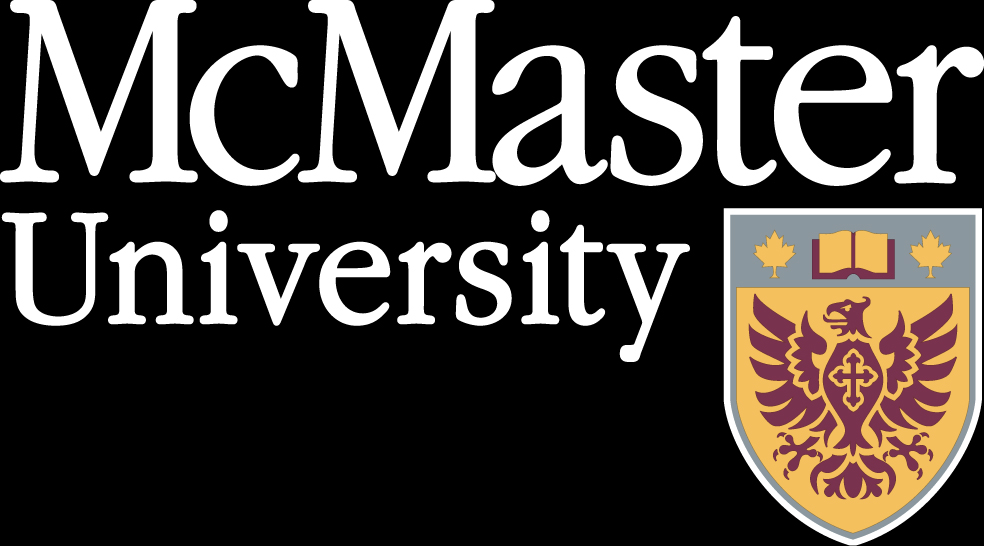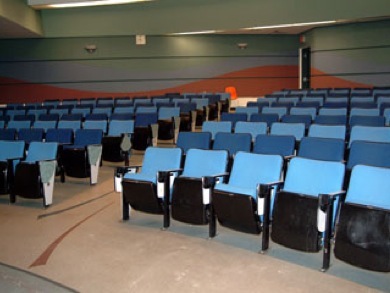How to Prepare for the Workshop
Since the goal of this workshop is to provide hands-on
experience in planning for ALMA observations and reducing
subsequent data, we intend a full day of actual hands-on
practice with the ALMA planning tools and data reduction
software. As such, it would be best if the workshop
participants could bring their own laptop computers with the
relevant software already installed. See Instructions below.
If you have urgent questions concerning the preparations and
software, please contact either
Doug Johnstone( doug.johnstone at hia dot nrc dot ca)
or
Shannon Jaeger (sdjaeger at ucalgary dot ca)
-
x
-
1. Download and review the ALMA Primer from the workshop website.
-
2. Come prepared with a science idea to test at the workshop
- For observers, start by looking at the nearest science examples in the primer to get an idea for what parameters you will need to consider
- For theorists, consider bringing a fits image with dynamic range similar to something you'd like to test with ALMA -
3. Obtaining CASA on your laptop
Because we are using the newest beta release of CASA, we wanted to allow the CASA developers plenty of time to test and trouble shoot the release. As a result, we are not asking participants to install CASA in advance of the workshop as originally planned.
Instead, we will have 32-bit builds of CASA for both linux and Mac/OSX systems available for distribution on 1 Gbyte jump drives that you can take away with you at the end of the workshop. These will be distributed on the first day of the workshop and will also contain the reduction scripts for the tutorials.
If you have a 64 bit linux laptop, please email Chris Wilson wilson at physics dot mcmaster dot ca to ensure that we will be prepared to help you install CASA at the workshop as well.
If you use a Mac laptop and are more comfortable with using a mouse with it, please be sure to bring your mouse along as some function in casa are easier with the mouse. -
4. The CASA test data sets
The test data sets that will be used on the third day will also be included on the jump drives that will be distributed at the meeting.
Participants who are very experienced with radio astronomy already (e.g. experienced users of AIPS or miriad) may have time to work on their own data; if so, please make sure the data you plan to work on is already loaded on your laptop. Also, if you wish to try a much more challenging SMA-based tutorial, please contact Crystal Brogan cbroban at cv dot nrao dot edu -
5. Download the CASA cookbook
This is a very big document that you will probably not want to print out. It is not really a cookbook, more of a reference manual. We recommend looking over the introduction section first. -
6. Bookmark a python tutorial (optional):
CASA is built on python. If you are not familiar with Python, you may find a Python tutorial handy. There is a tutorial available on the Python website good one from STScI introducing python to people who have some IDL experience. -
7. Bookmark the link to SPLATALOGUE
The SPLATALOGUE database for astronomical spectroscopy will be introduced at the workshop. -
8. Install the Observing Tool (OT) on your laptop (optional)
The OT is currently under development. It has some handy functions (like the sensitivity calculator and a graphic display of correlator modes) but is not yet very user friendly for non-expert users. Information for accessing the current version of the OT can be found here


